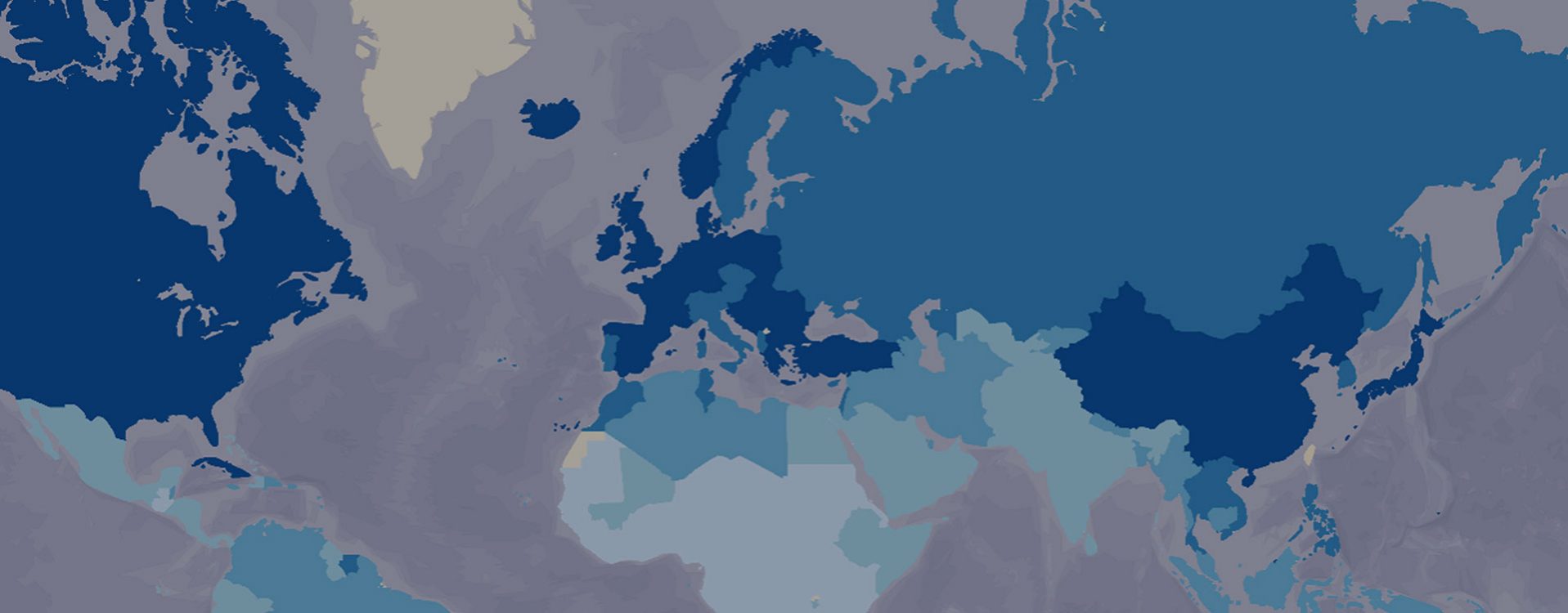This website uses cookies so that we can provide you with the best user experience possible. Cookie information is stored in your browser and performs functions such as recognising you when you return to our website and helping our team to understand which sections of the website you find most interesting and useful.
The Lung Cancer Policy Network is proud to announce the launch the interactive map of lung cancer screening implementation.
The map is the first global database that collates ongoing and completed implementation research for low-dose computed tomography (LCDT) screening. The aim of the interactive map is to facilitate the sharing of best practice and to guide policy development around using LCDT screening to detect lung cancer.
Users have access to two maps that can be used to explore data on LDCT lung cancer screening:
- a pin map providing an overview of ongoing and completed clinical trials, implementation studies and national or regional LDCT screening programmes globally
- a heat map displaying the policy context for lung cancer and LDCT screening in each country.
Early detection of lung cancer by LDCT screening of healthy, high-risk people can help save lives and reduce the considerable burden of lung cancer on societies. Network member Professor Dorothy Keefe, CEO of Cancer Australia, said:
The map is a comprehensive resource for policymakers, researchers and lung cancer advocates to support early detection via screening. We anticipate it being used to support policy discussions on the evidence-base for screening implementation. It can also be used to build on lessons learnt by providing an overview of key implementation activity.
Developed in close consultation with our Network members, this map has been populated from a global review of both peer-reviewed and grey literature, as well as insights gathered from study and programme leads. Network member Professor David Baldwin of the University of Nottingham, UK, said:
As the map is a living resource, the scope of its inclusion criteria will be expanded in future editions.
Recent news
Case study

Implementing a national screening programme for lung cancer in South Korea
With insights from Network member Yeon Wook Kim, we look at the key steps taken to implement the national screening programme for lung cancer in South Korea.
News

Join European lung cancer experts in Paris to explore how screening implementation can be optimised
On 27 March, the Lung Cancer Policy Network will host a panel discussion and networking event to coincide with the European Lung Cancer Congress (ELCC) 2025.
Case study

Lung cancer screening in the Middle East and Africa: using the Network framework to facilitate implementation
The Lung Ambition Alliance Middle East and Africa (LAA MEA) Chapter has used the Network’s framework to develop recommendations across priority areas for lung cancer screening in the region.
